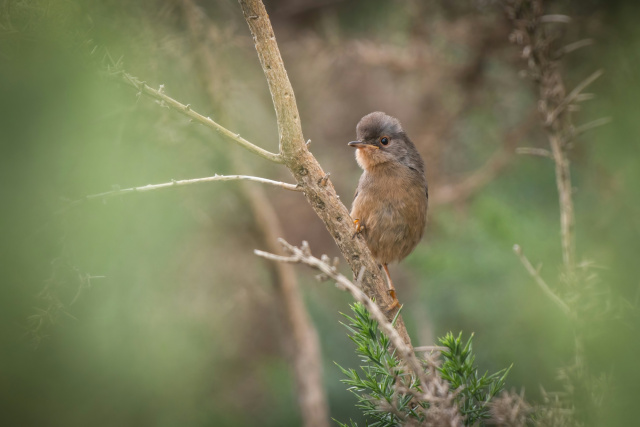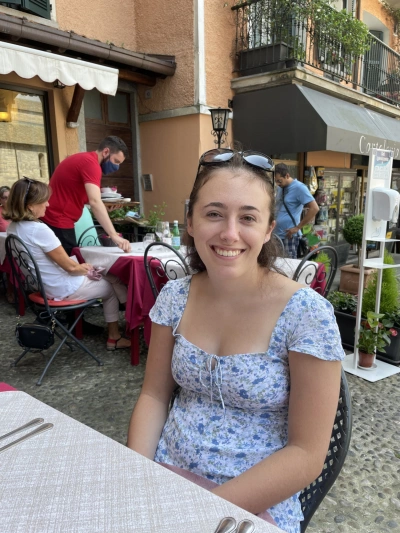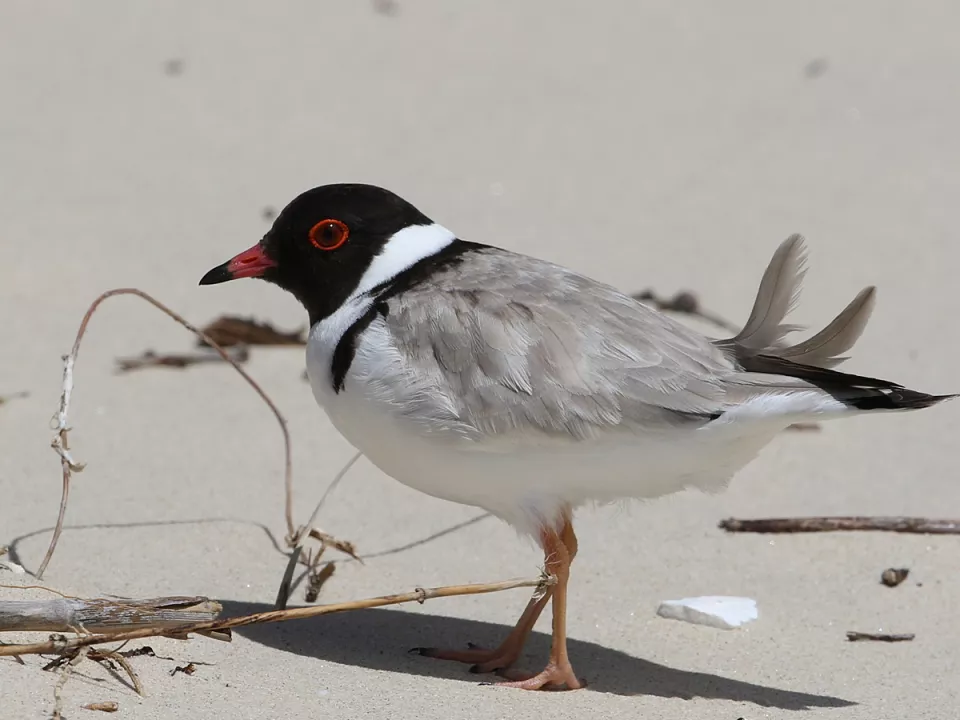Their regular grazing supports the regeneration of heather as they eat birch, gorse and grasses.
These cattle, similar to the livestock that grazed on the Common for hundreds of years, are vital to ensuring there remains a balance between woodland and heathland. The protection of the heathland is crucial, as although it may not seem like much, the heather is home to an array of wildlife - including the endangered, ground-nesting Dartford Warbler.

Without them, the heather would be outcompeted by other fauna, and we would lose even more of this important habitat.
I have walked in the heathland where they graze more times than I can count, and they are such a beautiful addition to the landscape. Each spring, seeing their curious young is a sign that the flowers will soon bloom again, and the days will (hopefully) become warmer.
My Labrador, Freddie, took quite a while to get used to them. But as his puppy fascination faded, and grey began to speckle his muzzle, he came to view them as close to friends as labradors and cows can be. And when I say that, I mean he gives them a very wide berth.
These cattle will watch you as you watch them, assessing you with their wide eyes, chewing mindlessly as they do so - unaware that they are helping save a habitat that, in the last 100 years, has dropped by 80%.
If you do find yourself over on Horsell Common, please give these cows the respect and distance they deserve.

Amelia Finn
Their regular grazing supports the regeneration of heather as they eat birch, gorse and grasses.
These cattle, similar to the livestock that grazed on the Common for hundreds of years, are vital to ensuring there remains a balance between woodland and heathland. The protection of the heathland is crucial, as although it may not seem like much, the heather is home to an array of wildlife - including the endangered, ground-nesting Dartford Warbler.

Without them, the heather would be outcompeted by other fauna, and we would lose even more of this important habitat.
I have walked in the heathland where they graze more times than I can count, and they are such a beautiful addition to the landscape. Each spring, seeing their curious young is a sign that the flowers will soon bloom again, and the days will (hopefully) become warmer.
My Labrador, Freddie, took quite a while to get used to them. But as his puppy fascination faded, and grey began to speckle his muzzle, he came to view them as close to friends as labradors and cows can be. And when I say that, I mean he gives them a very wide berth.
These cattle will watch you as you watch them, assessing you with their wide eyes, chewing mindlessly as they do so - unaware that they are helping save a habitat that, in the last 100 years, has dropped by 80%.
If you do find yourself over on Horsell Common, please give these cows the respect and distance they deserve.
You might like...

Protecting shorebirds on Bruny Island

Nature's Protection: Heart connection is the key

Mastering Campaign Strategy: Your Power to Protect Our Planet

Saving the headland in the Harbour
Newsletter
Sign up to keep in touch with articles, updates, events or news from Kuno, your platform for nature
